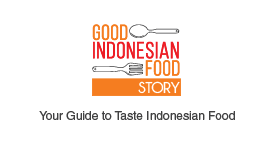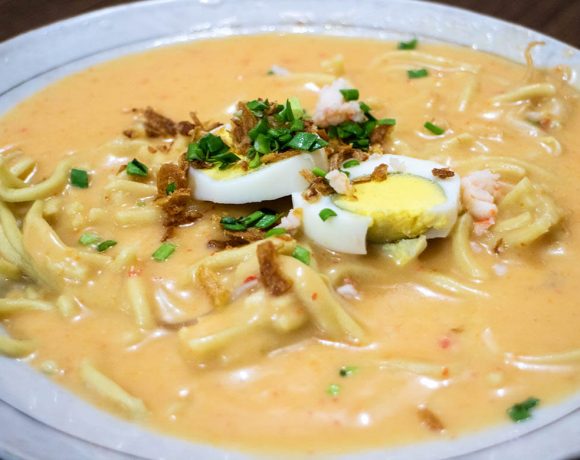We have a variety of meat dishes on offer in the Indonesian culinary lexicon, including chicken, beef, mutton, fish, birds, rabbits, and even horses. However, you will probably find it disturbing to hear frog meat as the main ingredient for a dish.
Known as Swike (frog leg dish), it has its origins from the influence of Chinese cuisine that entered Indonesia. The name Swike was derived from the Hokkien dialect, with “sui” meaning “water” while “ke” means “chicken”. Literally translates as “water chicken”, it is actually a rather tactful way of saying “frog”. In general, the frog’s body parts taken for consumption are its thighs, and it is usually made into a soup, deep fried, sautéed, and even as a pepes (wrapped in a banana leaf then steamed). Besides its thighs and skin, its eggs would usually be served in the form of pepes.
This unique dish originated from Purwodadi in Central Java, although now you can find Swike in a few major cities such as Jakarta, Bandung, Semarang, Yogyakarta and Surabaya. The type of frog used tends to be either kodok ijo (green frog) or kodok sawah (crab-eating frog), while the kodok budug (toad) is out of bounds due to its poisonous skin. Indonesia is currently the biggest exporter of frog thighs in the world with over 5,000 tons delivered to various countries in Europe, including France, Belgium and Luxembourg. Its high demand has led to the development of a number of frog farms in Indonesia.
Opinions regarding Swike are divided. Some acknowledge its deliciousness, while others consider it haram if seen from the perspective of Muslims. Furthermore, environmental activists have been protesting about the use of frogs as food material because it may disrupt the ecosystem of the environment.









NO COMMENT